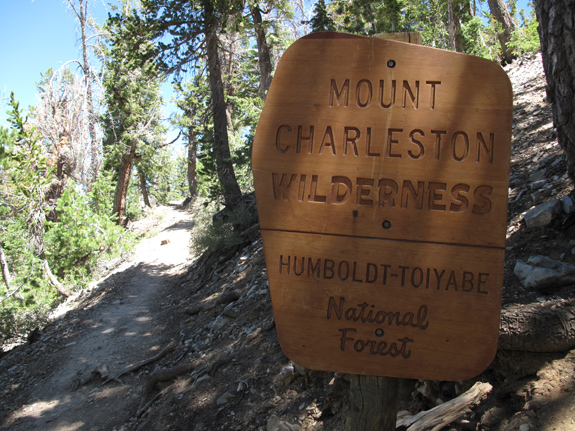Original Publication DATE: 7/7/2012
Spring Mountain National Recreation Area
Rising from the lowlands at the edge of the Mojave and Great Basin deserts, the Spring Mountains are renowned for flora and fauna found nowhere else in the world. This endemism occurs because these mountains exhibit extreme vertical relief, temporal isolation, and a geographic position on the boundary of two deserts. Charleston Peak, the highest mountain in the range at nearly 12,000′, is a stark contrast to the desert 9,000′ below. Vertical relief is a barrier to migrations and, as a result, relict species have persisted and new species have evolved. It is postulated that at least 25 species (15 vascular plants, 1 mammal, 9 invertebrates) are endemic to the Spring Mountains (Spring Mountain Conservation Agreement 1998).
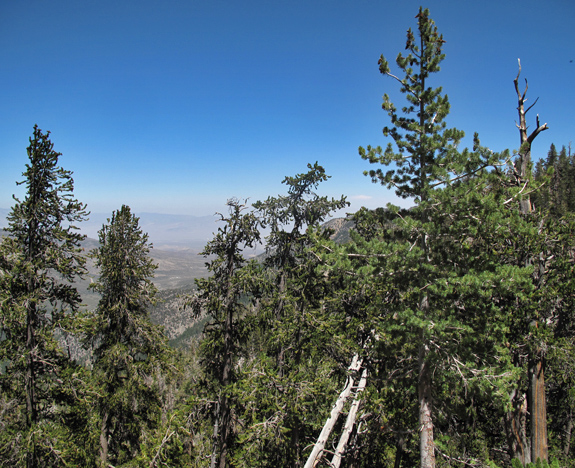
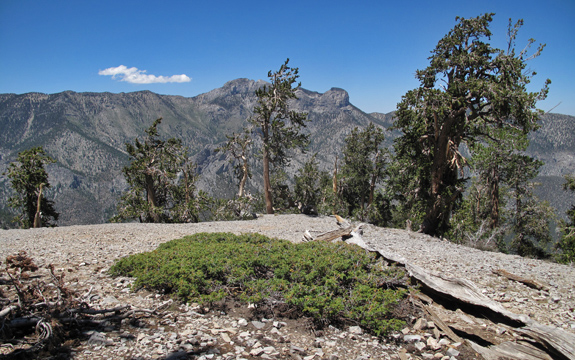
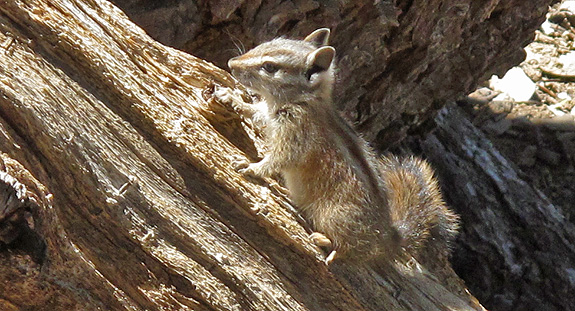
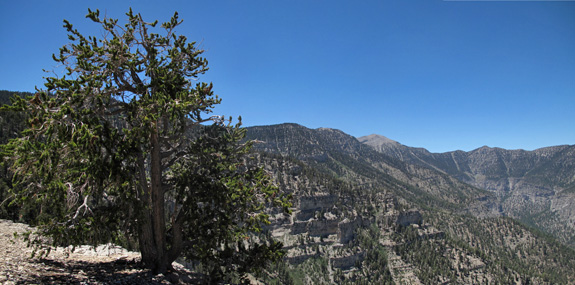
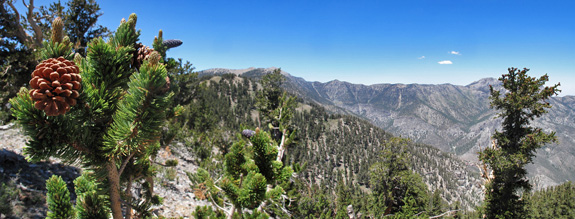
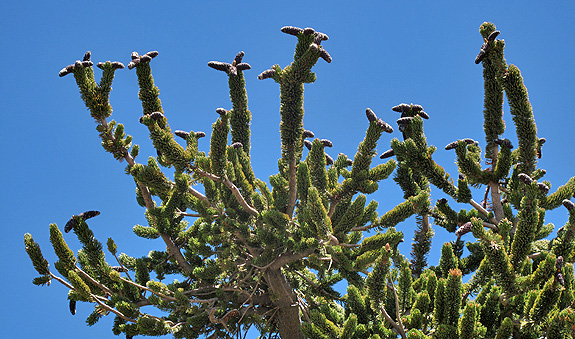
San Francisco Peaks – Kachina Peaks Wilderness
The wilderness in the San Francisco Peaks is named for Hopi spirits called Kachinas. To the Hopi, a Kachina represents anything from the natural world or cosmos which is revered–from an element, to a feeling, to a location, to–for me on this trip–the Rocky Mountain bristlecone pine. These volcanic peaks, in Northern Arizona, are ~300 Miles as the crow flies from the Spring Mountains. In the highest reaches of the San Francisco Peaks grow Pinus aristata. We climbed into the Kachina Peaks Wilderness two days after visiting Pinus longaeva in the Spring Mountains and I celebrated my Kachinas and compared these two species which I consider the crowing jewels of the inter-mountain West.
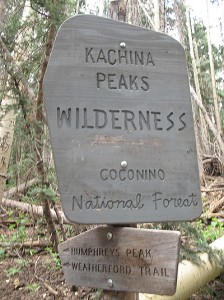
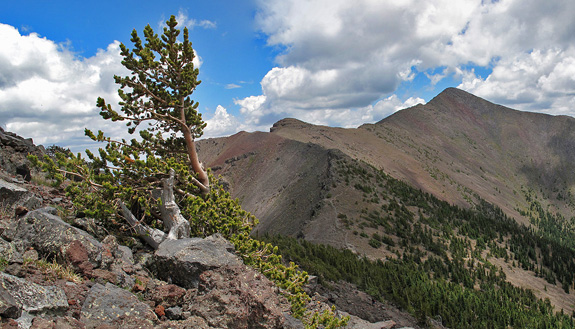
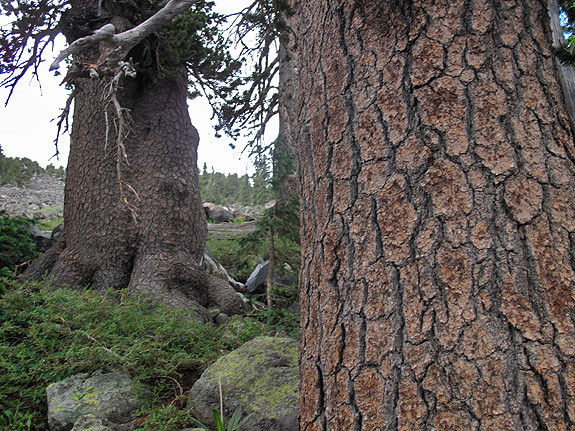
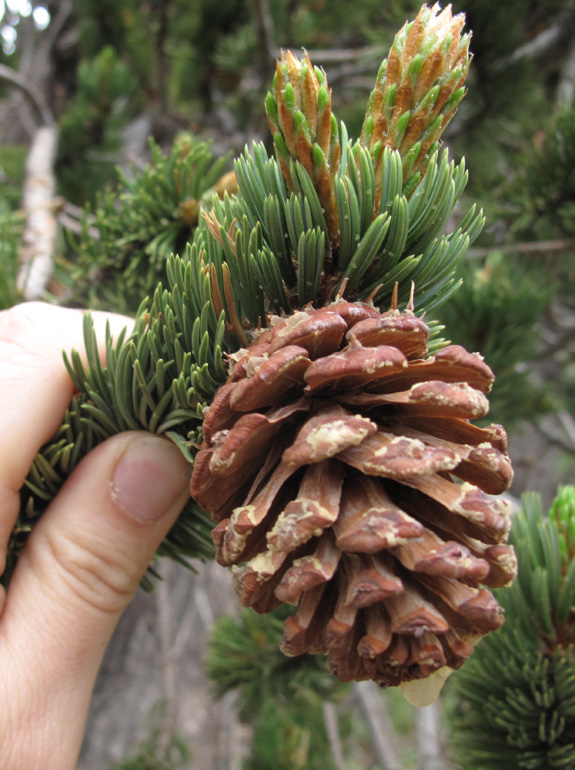
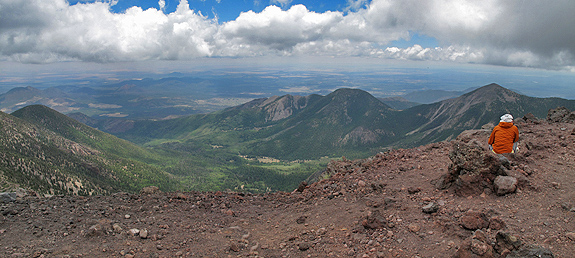
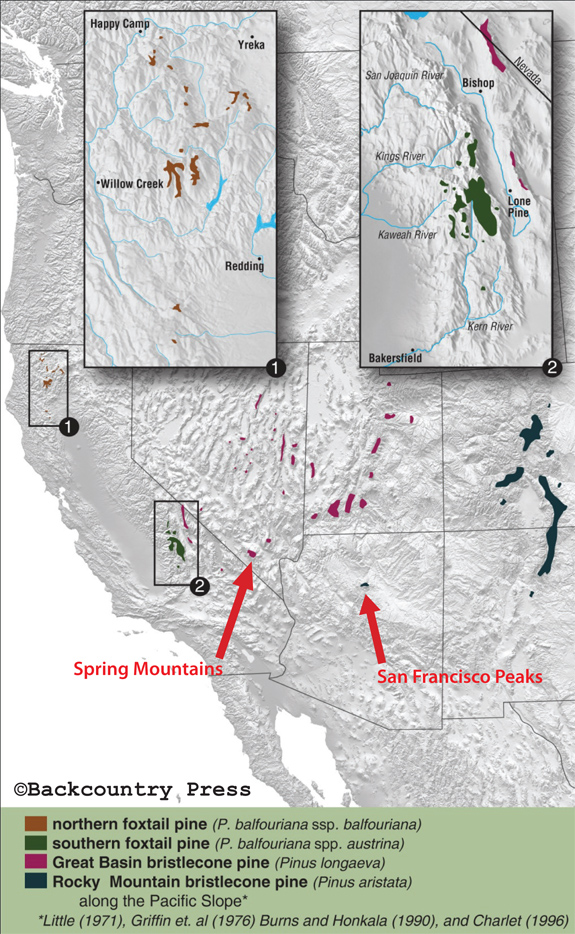
COMMENT:
AUTHOR: Gambolin’ Man
Excellent reportage, photos and gambolin’!
